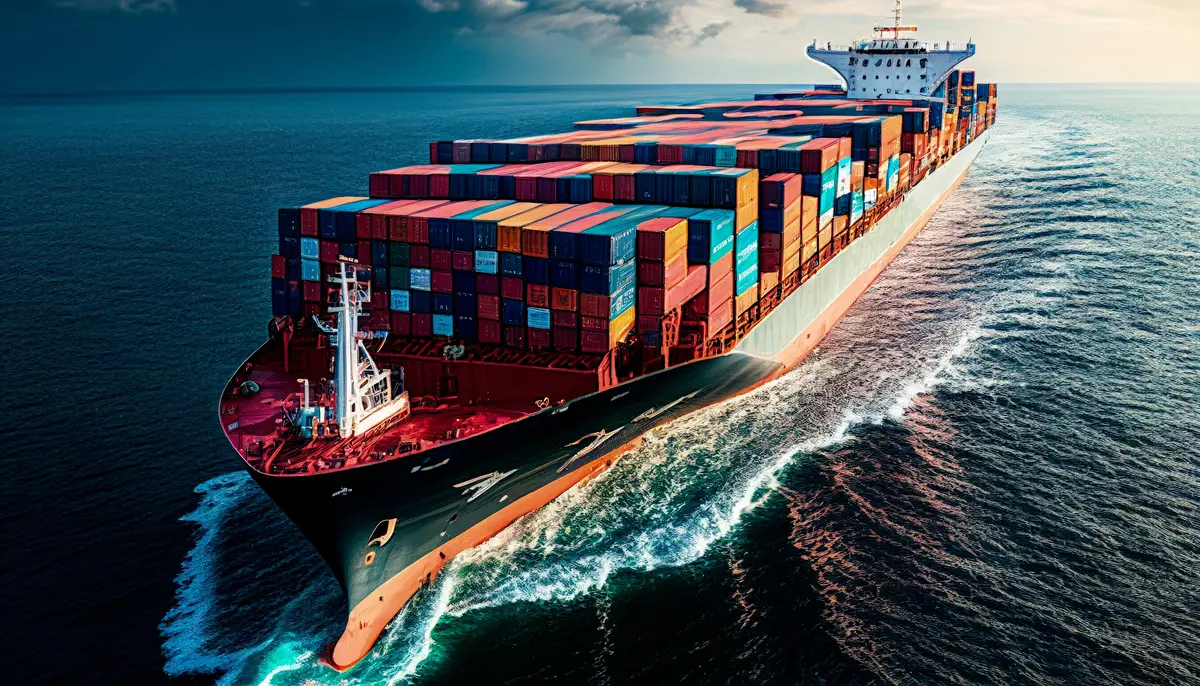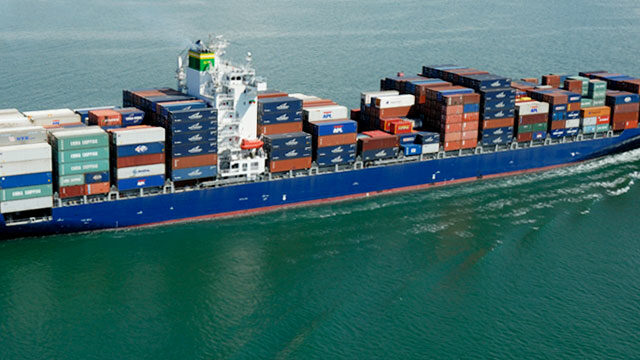
Adapting Sea Freight Strategies to Global Economic Shifts
Sea freight, a backbone of international trade, has seen significant transformations in recent times. As global economic shifts continue to reshape trade dynamics, it becomes imperative for businesses to adapt their sea freight strategies. In this article, we will explore the evolving landscape of sea freight, the need for adaptation, and effective strategies to navigate the trade tides.
Definition of Sea Freight
Sea freight, commonly known as ocean freight, refers to the transportation of goods via cargo ships. It has been a vital component of global trade for centuries, facilitating the movement of goods across continents.
Importance of Sea Freight in Global Trade
Sea freight plays a crucial role in the global supply chain, accounting for a substantial portion of international trade. Its cost-effectiveness and ability to transport large volumes make it an indispensable mode of transportation.
Sea Freight Trends
Historical Overview
Understanding the historical evolution of sea freight provides valuable insights into its significance and how it has adapted to changing times. From the era of sailing ships to the modern containerization, sea freight has continually evolved.
Current Market Dynamics
Impact of Global Economic Shifts
Global economic shifts, such as changes in consumer behavior, geopolitical events, and economic downturns, directly influence sea freight dynamics. Businesses must be agile to navigate these changes effectively.
Technological Advancements
Technological advancements, including digitalization and automation, have revolutionized sea freight operations. From smart containers to automated port processes, technology enhances efficiency and reduces transit times.
Adapting Strategies
Flexibility in Route Planning
Adapting sea freight strategies requires flexibility in route planning. Businesses must be prepared to adjust shipping routes based on changing economic and geopolitical conditions.
Sustainable Practices in Sea Freight
With increasing environmental concerns, integrating sustainable practices in sea freight is crucial. From using eco-friendly fuels to investing in cleaner technologies, sustainability is a key consideration.
Integration of Technology
IoT in Cargo Tracking
The Internet of Things (IoT) has transformed cargo tracking. Real-time monitoring of goods during transit enhances visibility and allows for proactive decision-making.
Automation in Port Operations
Automation in port operations streamlines processes, reduces human errors, and accelerates cargo handling. Automated cranes and robotic systems contribute to the efficiency of sea freight operations.
Challenges in Sea Freight Adaptation
Environmental Concerns
The environmental impact of sea freight, including carbon emissions and marine pollution, poses a challenge. Balancing economic interests with sustainable practices is a delicate task.
Regulatory Changes
Ever-evolving regulations, such as emission standards and safety protocols, add complexity to sea freight operations. Businesses must stay compliant with changing legal frameworks.
Infrastructure Limitations
Inadequate infrastructure in certain regions can hinder the seamless flow of sea freight. Addressing infrastructure limitations is essential for a well-functioning global sea freight network.
The Role of Collaboration
Industry Partnerships
Collaboration among industry players fosters innovation and shared resources. Partnerships can lead to the development of standardized practices and the pooling of resources for mutual benefit.
Government Involvement
Government support and regulations play a pivotal role in shaping the sea freight landscape. Collaboration between the private sector and government entities ensures a conducive environment for trade.
Collaboration among Stakeholders
Stakeholder collaboration, including shippers, carriers, and logistics providers, is essential for a resilient sea freight ecosystem. Open communication and joint initiatives contribute to the overall efficiency of the supply chain.
Conclusion
Recap of Key Strategies
Adapting sea freight strategies requires a multifaceted approach. Businesses should prioritize flexibility, sustainability, and technological integration to navigate the complexities of the global trade landscape.
Importance of Adaptive Approaches in Sea Freight
In conclusion, the ability to adapt sea freight strategies is not just a necessity but a competitive advantage. Businesses that embrace change, collaborate with stakeholders, and stay ahead of trends will thrive in the evolving world of international trade.
FAQs
Is sea freight still a relevant mode of transportation in the age of air cargo?
Absolutely. Sea freight remains a cost-effective and efficient mode for transporting large volumes of goods globally.
What role does technology play in mitigating the challenges of sea freight adaptation?
Technology, including IoT and automation, enhances visibility, reduces errors, and streamlines operations, addressing challenges effectively.
How can small businesses adapt their sea freight strategies without significant resources?
Small businesses can leverage partnerships, embrace sustainable practices on a smaller scale, and explore collaborative initiatives with other stakeholders.






